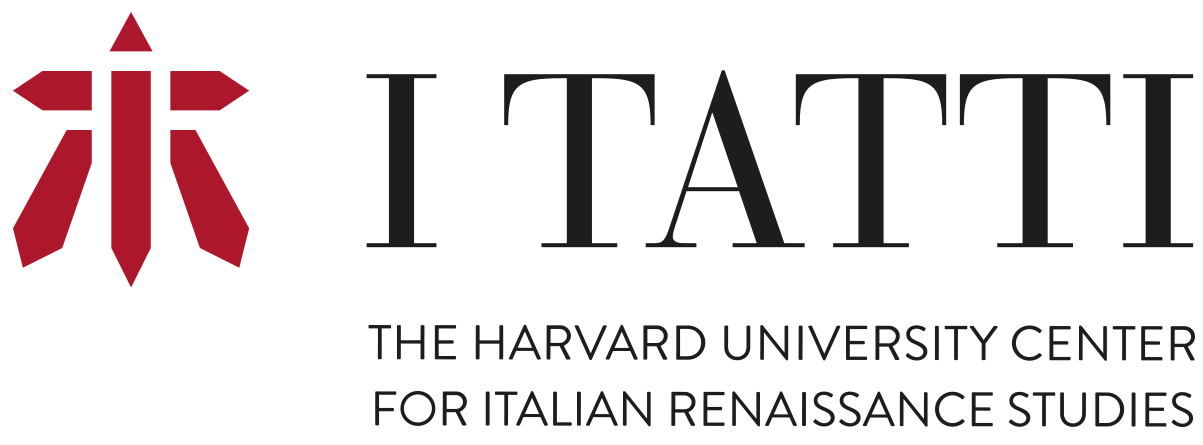Elizabeth Petcu
Nature and Imitation in Early Modern Architecture
2017 - 2018

Biography
Elizabeth J. Petcu is Lecturer in Architectural History at the University of Edinburgh. She received her Ph.D. from Princeton University in 2015 after holding Fulbright and Samuel H. Kress Fellowships at the Zentralinstitut für Kunstgeschichte in Munich, and thereafter served as Wissenschaftliche Assistentin in the Institut für Kunstgeschichte at the Ludwig-Maximilians-Universität München. A specialist in early modern art and architectural theory, she has published widely on sixteenth-century architectural treatises and the historiography of Renaissance and Baroque art. Her first book project, The Edifice Undone: Architecture, Ornament, and Intermediality in Wendel Dietterlin’s Renaissance, probes the interplay between architecture and the figural arts in the work and era of Strasbourg artist Wendel Dietterlin the Elder.
Project Summary
How did early modern architecture emulate nature? Nature and Imitation in Early Modern Architecture challenges the prevailing assumption that architecture and the figural arts have always cultivated divergent approaches to naturalistic representation. Analyzing built structures as well as architectural treatises, drawings, and prints across Europe and Latin America, Nature and Imitation examines the shifting strategies for figuring nature in architecture from the fifteenth-century birth of Vitruvian discourse on architectural naturalism to the Enlightenment and the onset of ambivalence about the emulation of nature as a model for building. In revealing how a slow disillusionment with nature as a subject of architecture ultimately divorced the medium from the figural arts, it offers an interdisciplinary and cross-cultural model for exploring naturalism and other forms of imitation in early modern architecture.
